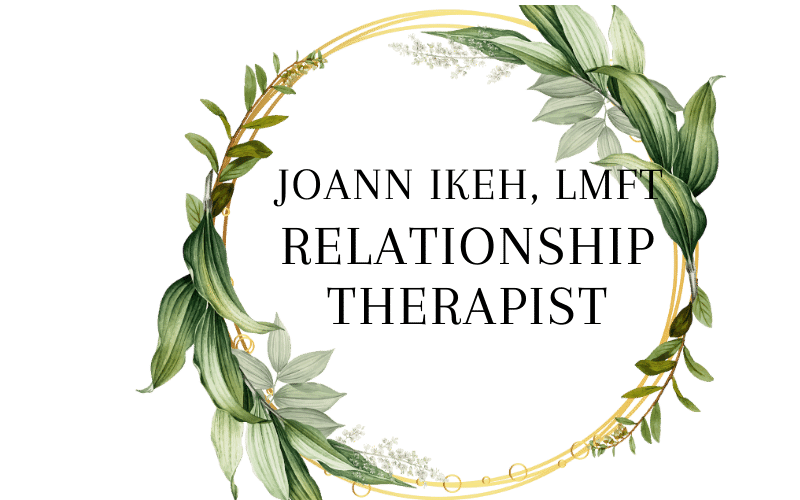The Power of Repair: How to Rebuild Trust After Conflict
Conflict Is Inevitable — Repair Is Optional
Every couple experiences conflict. It’s natural. But what determines whether a relationship thrives or struggles isn’t the conflict itself — it’s how couples repair afterward.
Relational Life Therapy (RLT) teaches that repair is the bridge back to safety, intimacy, and trust. Without it, even small disagreements can fester into resentment and distance.
Why Repair Matters
When an argument ends without repair:
Resentment lingers.
Emotional disconnection grows.
Small wounds become larger over time.
Repair is powerful because it restores connection. It signals to your partner, “I see you. I hear you. You matter to me.”
The RLT Approach to Repair
RLT emphasizes that repair is relational courage in action. It’s not about being perfect; it’s about showing up with honesty, humility, and empathy.
Repair involves three key steps:
Acknowledge the harm. Admit the impact of your actions or words without defensiveness.
Example: “I realize my comment hurt you, and I’m sorry.”
Take responsibility. Own your part in the conflict.
Example: “I got defensive instead of listening, and that escalated things.”
Reconnect intentionally. Offer reassurance, physical touch if appropriate, or simply a heartfelt expression of care.
Example: “I want to work through this with you. Can we try again?”
Repair Prevents the Cycle of Defensiveness
Conflict often escalates because each partner becomes defensive. This creates a feedback loop: blame → defensiveness → more blame. Repair interrupts this loop.
Even a short acknowledgment — a few sentences of accountability and empathy — can soften tension. It signals willingness to prioritize the relationship over winning the argument.
Repair Isn’t Only After Big Fights
Repair isn’t reserved for major conflicts. Small moments matter, too:
Forgetting to communicate plans.
Misunderstanding a text or tone.
Minor arguments about chores or routines.
Consistently repairing minor ruptures strengthens relational resilience. It’s like emotional CPR — keeping trust alive before it fades.
Barriers to Repair
Many couples struggle with repair because of:
Pride or fear of vulnerability.
Misbelief that acknowledging mistakes makes you weak.
Past experiences where apologies weren’t accepted.
RLT reframes this: repair is strength. It takes courage to admit mistakes and reach out for reconnection.
Practical Tips to Make Repair Stick
Pause and breathe after an argument before attempting repair. Emotionally charged moments can backfire if rushed.
Use reflective statements. “I hear you. I understand why you feel that way.”
Keep it simple. Even short, sincere acknowledgment is more effective than long explanations.
Follow up later. A text or conversation later in the day reinforces care and attentiveness.
The Takeaway
Repair is the heartbeat of lasting relationships. Conflict will always arise, but repair transforms disagreement from a threat into an opportunity.
When both partners practice accountability, empathy, and openness, trust isn’t just restored — it deepens. Over time, these consistent acts of repair build a resilient, intimate partnership that can weather almost anything.
Ready to Build Healthier Relationships?
If you and your partner are struggling to make repairs and are ready to stop building more resentment and anger; you don’t have to navigate it alone.
At Online Couple Counseling, I help partners foster curiosity, strengthen communication, and practice relationship accountability that fosters understanding, long-term connection and trust.
📞 Book a free 15-minute consultation today
🌐 Visit onlinecouplecounseling.com
📩 Or email me at joannikeh@joannikeh.com
Let’s work together to break unhealthy patterns and build lasting emotional wellness.
Want some tips on How to Recognize Your Unhealthy Relationship Patterns? Click Here



